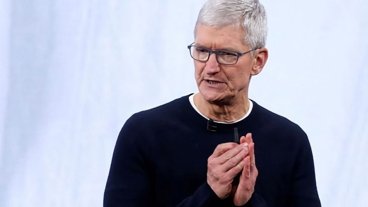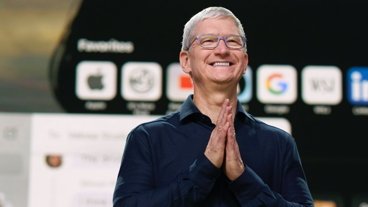Apple first went public 36 years ago today: now up 18,492 percent
On December 12, 1980, Apple Computer Inc. went public in an Initial Public Offering that sold 4.6 million shares at $22 each, generating more capital than any other IPO since Ford Motor Company in 1956 and instantly creating 300 millionaires.
By the end of the day, Apple's market capitalization had reached $1.778 billion. Thirty three years later, the company has appreciated by over 18,492 percent, reaching a market cap of more than $604 billion.
AAPL in the 1980s
With capital from its 1980 public investment, Apple funded the development of Lisa and the Macintosh, ending the decade with a 199 percent increase in stock valuation while paying quarterly dividends.
AAPL in the 1990s
In the 1990s, a disastrous court decision transferred the value of Apple's work and intellectual property related to the Macintosh to Microsoft.
The company's stock sank, it stopped paying dividends, and the media began describing Apple as "beleaguered." The company did however correctly anticipate a shift to handheld computing, which resulted in the development of the ARM mobile processor architecture that would subsequently help to fund Apple's turnaround.
At Apple's lowest point at the end of 1996, Steve Jobs returned to the company with the acquisition of NeXT, Inc., sparking a renewed mission targeting innovation and growth. By the end of the 1990s, Apple had again recovered to the point where, across the decade, its stock had increased by 191.67 percent.
AAPL in the 2000s
In the 2000s, Apple's recovery was initially blunted by the dotcom bust. However, years of investment in mobile devices like the iPod and mobile technologies related to battery life and software features incorporated in its notebook products set the company up for renewed expansion.
Apple split its stock twice, and after rough 2006 where doubts plagued the future of its iPod and Mac businesses, it launched iPhone, which would quickly become a worldwide phenomenon and the world's most successful technology product to ever launch.
In 2008 the company's future was again doubted by analysts voicing concerns that "global macroeconomic indicators" suggested that nobody would be able to afford an iPhone, iPod or Macintosh.
That turned out to be rubbish. By the end of the 2000s, Apple turned in stock performance for the decade featuring an increase of 660.33 percent.
AAPL in the 2010s
Over the last six years of the 2010s, Apple reached new highs and began paying dividends and buying back its shares.
in 2013, Apple experienced a new "2006/2008" when chatter of the ascent of Samsung created mass hysteria that drove the company's stock down to its levels from 2011. A year later, Apple released iPhone 6 and 6 Plus, which devastated Samsung's profit center in smartphones.
The following year, fake news aggregators tried to suggest that the iPhone 6s cycle— which merely maintained Apple's position in premium smartphones rather than further expanding the market globally— was the beginning of a new end. And this year, Apple's foes tried to brand iPhone 7 as "boring" months before it was even announced.
However, Apple's sales have continued to make progress, particularly aided by Samsung's incompetent release of a poorly designed flagship that was so dangerous it prompted regular warnings from airlines and even subway operators about fire hazards and was subsequently canceled, recalled and is currently being terminated via software updates seeking to get it out of circulation.
Apple, led by Tim Cook, has recovered to the point of generating a greater than 4,400 percent increase in stock valuation since 2010 began.
Today Apple is continuing to invest in the future with its Campus 2 expansion focused on research and development, which is slated to go into operation early in 2017.
Apple owns the world's most successful mobile platform and is continuing to make progress in emerging new markets— including India, where it currently has managed to grab up 66 percent of the premium smartphone market.
Apple is also expanding worldwide, with an iOS design and development accelerator in Bengaluru, India, a new office in new office in Hyderabad, India focused on Maps development, a European iOS Developer Academy in Naples, Italy, and other new research and development centers, including facilities in Shanghai, China, Cambridge, England, Yokohama, Japan, Austin Texas and expansions at two offices in Israel.
 Daniel Eran Dilger
Daniel Eran Dilger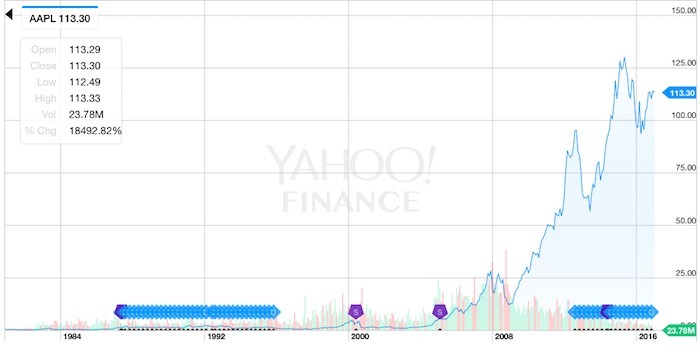
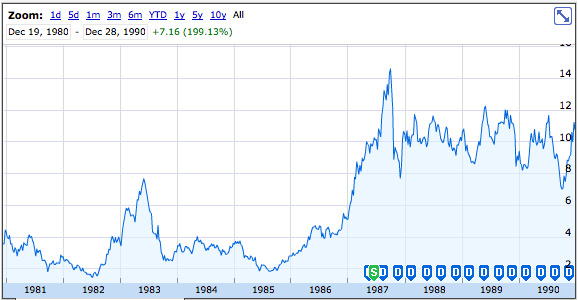
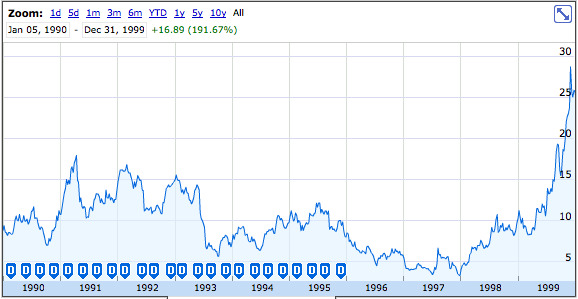
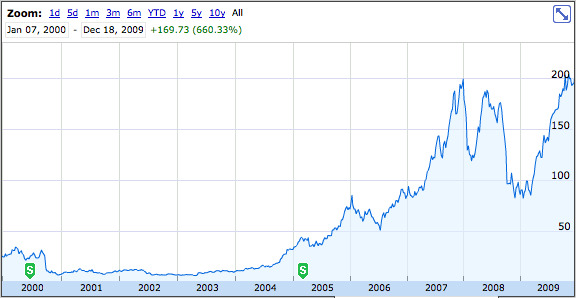
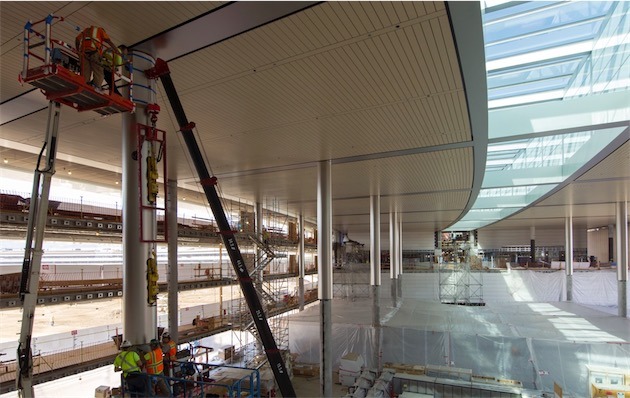











 Malcolm Owen
Malcolm Owen
 Christine McKee
Christine McKee

 Amber Neely
Amber Neely

 William Gallagher
William Gallagher


